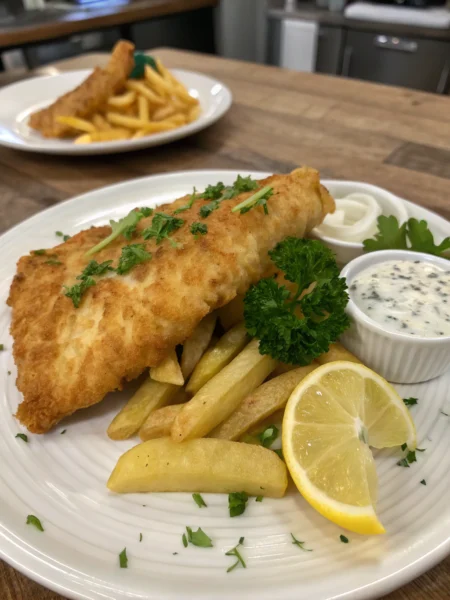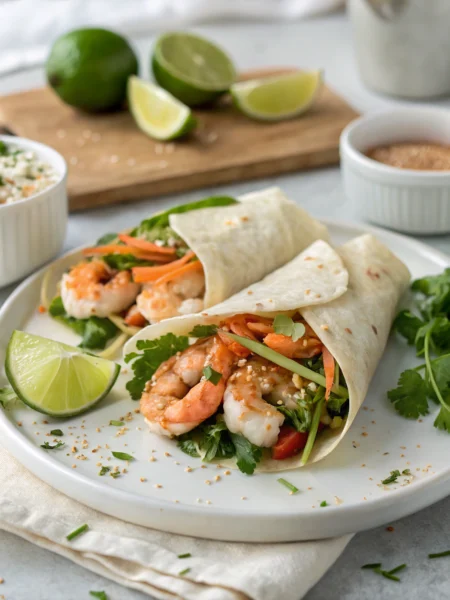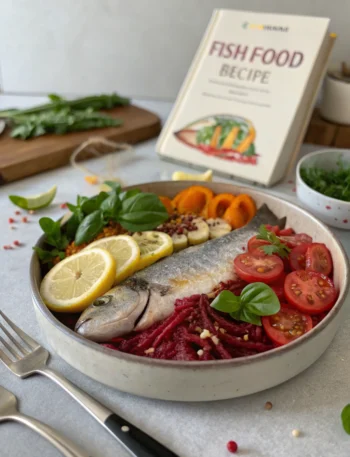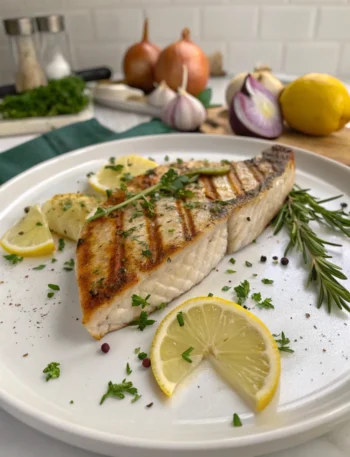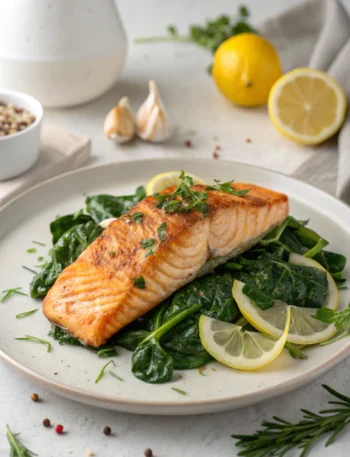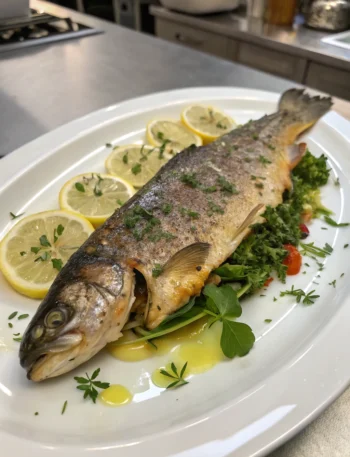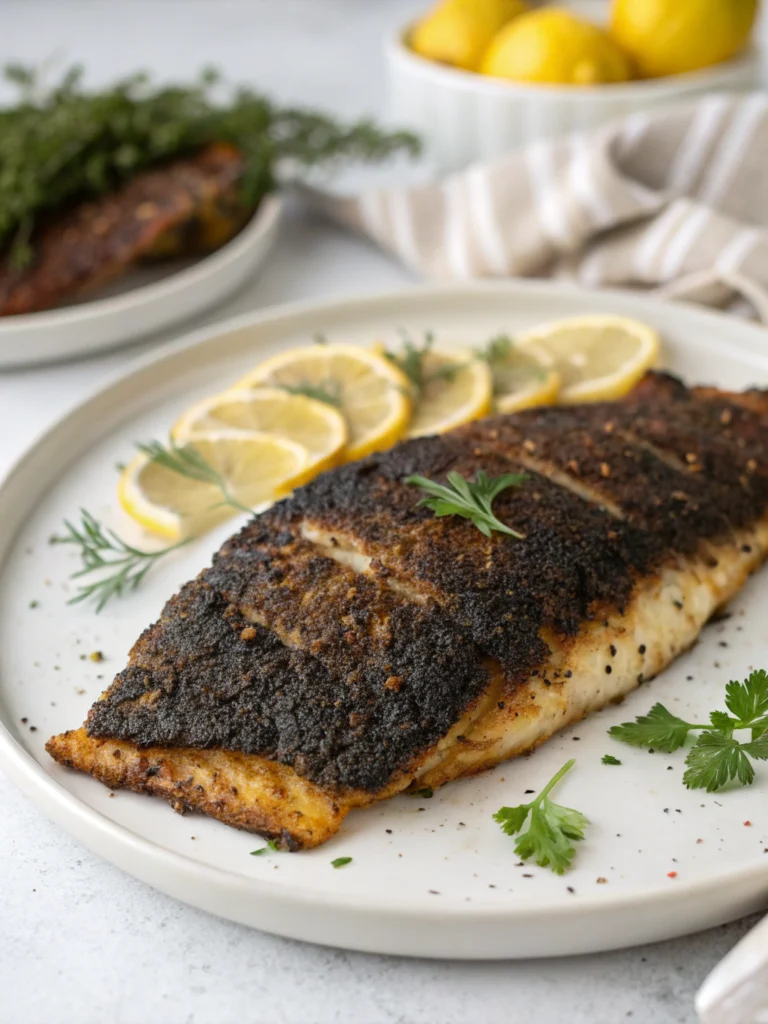
Did you know that 78% of home cooks struggle to achieve the perfect balance of spice and flavor when preparing blackened fish? This classic technique, originating from Louisiana Cajun cuisine, transforms ordinary fish fillets into a culinary masterpiece with its distinctive charred exterior and juicy interior. Whether you’re a novice in the kitchen or a seasoned chef, mastering the blackened fish recipe requires understanding certain key principles that many cooking videos and basic recipes often overlook.
The secret to exceptional blackened fish lies not just in the seasoning blend, but in the entire preparation process. From selecting the right fish to perfecting the cooking temperature, each step contributes significantly to the final result. Blackened fish seasoning might seem simple at first glance, but achieving that perfect crust without overcooking the delicate fish requires technique and attention to detail.
In this comprehensive guide, we’ll explore seven essential tips that will elevate your blackened fish from good to extraordinary. These professional insights will help you navigate common pitfalls while ensuring your fish maintains that perfect texture and explosive flavor profile that makes this dish so beloved.
Ingredients List
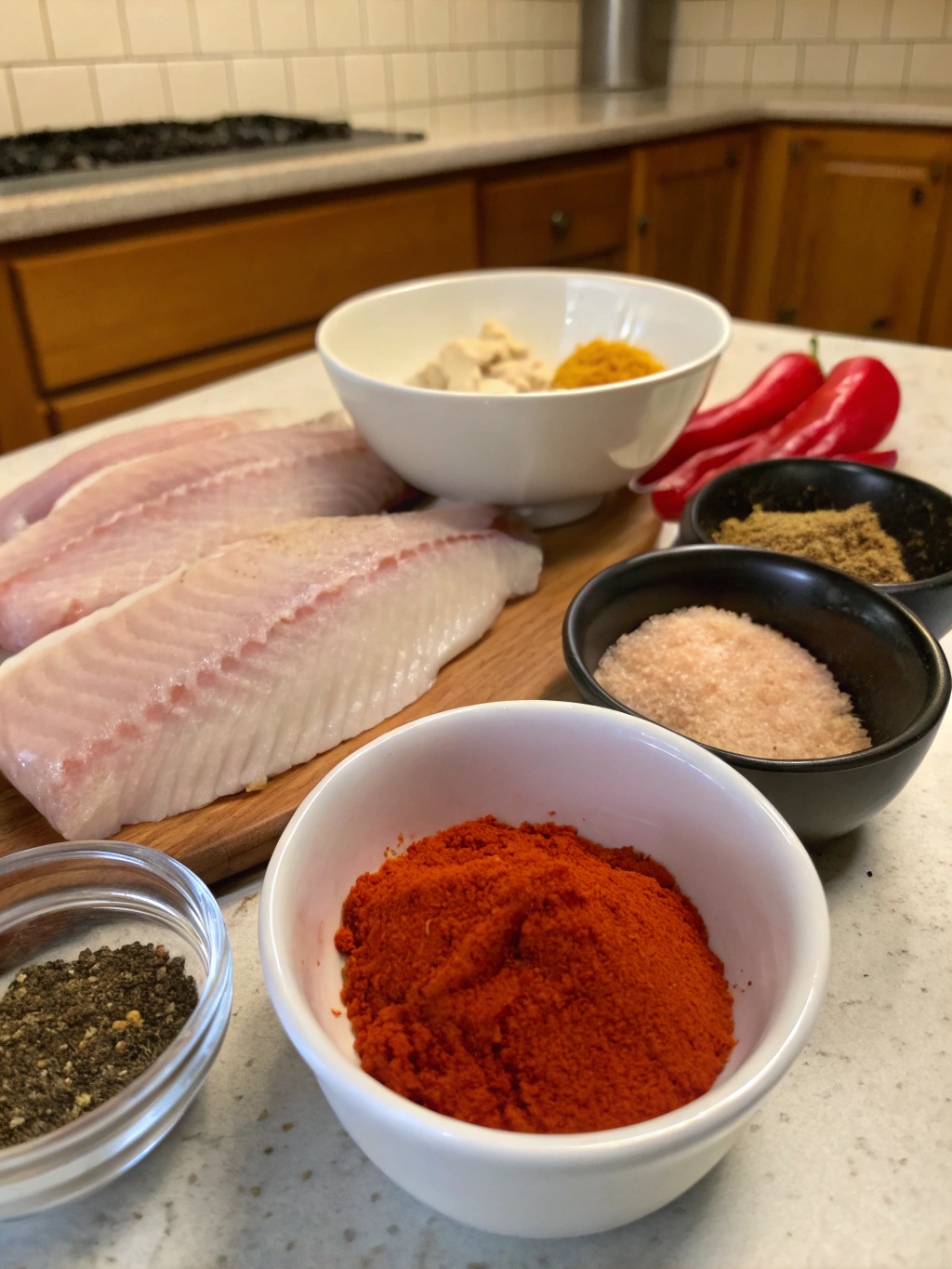
For the perfect blackened fish, you’ll need:
- 4 firm white fish fillets (6-8 oz each) – preferably redfish, snapper, or tilapia
- 3 tablespoons unsalted butter, melted
- 2 tablespoons olive oil for the pan
For the blackening seasoning:
- 1 tablespoon paprika (smoked paprika adds extra depth)
- 1 teaspoon salt
- 1 teaspoon garlic powder
- 1 teaspoon onion powder
- 1 teaspoon dried thyme
- 1 teaspoon dried oregano
- ½-1 teaspoon cayenne pepper (adjust according to heat preference)
- ½ teaspoon black pepper
- ½ teaspoon white pepper (optional for complexity)
Note: While this homemade seasoning blend delivers authentic flavor, you can substitute with store-bought Cajun or blackening seasoning in a pinch (approximately 3-4 tablespoons).
Timing
Preparing a magnificent blackened fish dish is remarkably efficient, requiring just 25 minutes total—15 minutes for preparation and 10 minutes for cooking. This is significantly faster than the average restaurant-style fish dish, which typically requires 45+ minutes from start to finish. The quick cooking time not only makes this an excellent weeknight dinner option but also ensures the fish retains its moisture and delicate texture.
For optimal results, allow an additional 15-20 minutes for the fish to come to room temperature before cooking if you’re using refrigerated fillets. Room temperature fish cooks more evenly and develops a better crust when introduced to the hot cooking surface.
Step-by-Step Instructions
Step 1: Select the Right Fish
Choose firm, white-fleshed fish that can withstand high heat without falling apart. Redfish (the traditional choice) works beautifully, but readily available alternatives like tilapia, snapper, or catfish also perform exceptionally well. Select fillets of even thickness—ideally between ¾ to 1 inch—to ensure consistent cooking. Blackened tilapia recipe variations are particularly popular due to the fish’s mild flavor and widespread availability.
Step 2: Prepare Your Fish
Pat the fish fillets completely dry using paper towels. Moisture is the enemy of a good blackening crust, so this step is crucial. For enhanced flavor penetration, let the fish sit at room temperature for 15-20 minutes before cooking. Brush each fillet generously with melted butter on both sides to help the seasonings adhere and promote that signature char.
Step 3: Mix Your Blackening Spices
Combine all blackening spices in a small bowl, ensuring they’re well integrated. The beauty of a custom spice blend is that you can adjust the heat level by modifying the cayenne pepper amount. For a more authentic experience, consider grinding whole spices just before mixing for maximum aromatic impact.
Step 4: Season the Fish
Press—don’t just sprinkle—the seasoning mixture onto both sides of your buttered fish fillets. Apply firm pressure to create an even coating that will transform into a flavorful crust. The butter should help the spices adhere well, creating a paste-like consistency on the surface of the fish.
Step 5: Prepare Your Cooking Surface
Heat a large, heavy cast-iron skillet over high heat until it’s extremely hot—nearly smoking. This typically takes 5-7 minutes of preheating. The proper temperature is critical for developing the characteristic blackened exterior without overcooking the fish’s interior. Add the olive oil just before cooking to prevent it from burning during the preheating phase.
Step 6: Blacken the Fish
Place the seasoned fillets in the scorching hot skillet, being careful not to overcrowd the pan (cook in batches if necessary). The cooking technique requires high heat for 2-3 minutes per side, allowing the spices to char slightly while the fish cooks through. Quick seafood cooking at high temperatures preserves moisture while creating exceptional flavor.
Step 7: Rest and Serve
Transfer the blackened fish to a plate and allow it to rest for 2-3 minutes before serving. This brief resting period allows the juices to redistribute throughout the fish, ensuring maximum flavor and moisture in every bite. Serve immediately with your chosen sides and a wedge of lemon for bright acidity.
Nutritional Information
A typical serving of blackened fish (6 oz fillet) prepared with this recipe contains:
- Calories: 220-240 (depending on fish variety)
- Protein: 32-36g
- Fat: 10-12g (primarily from the butter and oil)
- Carbohydrates: 2g
- Sodium: 650mg
- Potassium: 450mg
This dish is notably high in lean protein while remaining relatively low in calories, making it an excellent choice for health-conscious diners. The Cajun blackened fish recipe provides approximately 70% of your daily protein requirements in a single serving, supporting muscle maintenance and satiety.
Healthier Alternatives for the Recipe
For a lighter version without compromising flavor, consider these modifications:
Replace butter with olive oil or avocado oil spray to reduce saturated fat content by up to 65%. The seasoning impact remains largely unchanged, though you might notice a slight difference in how the crust develops.
Baking the fish on a preheated sheet pan at 425°F for 10-12 minutes creates a similar effect with significantly less oil. Oven-baking techniques can reduce the total fat content by approximately 40% while maintaining exceptional flavor.
For those monitoring sodium, reduce salt in the seasoning blend by half and enhance flavor with additional herbs like fresh parsley, cilantro, or a squeeze of citrus juice before serving.
Serving Suggestions
Embrace the Louisiana heritage of this dish by serving your blackened fish alongside traditional Southern accompaniments like dirty rice, collard greens, or corn maque choux. For a lighter meal, pair with a crisp citrus salad that cuts through the spicy richness of the fish.
Create a complete Cajun feast by serving with remoulade sauce, which complements the spice profile perfectly. A quick homemade version combines mayonnaise, Dijon mustard, capers, pickle relish, and a dash of hot sauce.
For a contemporary twist, serve your blackened fish in tacos with fresh slaw, avocado, and lime crema, or atop a grain bowl with roasted vegetables and a bright vinaigrette.
Common Mistakes to Avoid
Skipping the proper drying process is the number one error in blackened fish preparation. According to culinary experts, excess moisture can reduce surface temperature by up to 30%, preventing proper blackening and potentially causing the spices to steam rather than char.
Using a thin or non-cast iron pan is another critical mistake. Cast iron’s exceptional heat retention is necessary for the blackening process. High-heat cooking requires proper equipment for consistent results.
Flipping the fish too early or too often interferes with crust development. Wait until the edges of the fish appear cooked (about 60% up the side) before turning—only once—to achieve that perfect crust-to-flesh ratio.
Storing Tips for the Recipe
Blackened fish is best enjoyed immediately after preparation, but if you must store leftovers, refrigerate within two hours of cooking in an airtight container. The storage duration should not exceed 2-3 days for optimal quality and safety.
When reheating, avoid microwave methods which can make the fish rubbery. Instead, place in a 275°F oven covered with foil until just warmed through (about 10-12 minutes). Proper reheating techniques preserve the moisture content and texture of delicate seafood dishes.
The blackening spice mixture itself can be prepared in bulk and stored in an airtight container for up to three months, allowing for quick meal preparation whenever the craving strikes.
Conclusion
Mastering the art of the perfect blackened fish opens up a world of flavorful possibilities in your kitchen. By following these seven essential tips—selecting the right fish, properly drying your fillets, creating the perfect spice blend, using sufficient fat, maintaining proper cooking temperature, timing the cook perfectly, and allowing for rest—you’ll achieve restaurant-quality results with remarkable consistency.
The beauty of this technique lies in its versatility and impressive presentation despite its relative simplicity. We encourage you to experiment with different fish varieties and accompanying sides to discover your perfect combination. Share your blackened fish creations with us in the comments, and don’t forget to explore our other seafood recipes for more culinary inspiration!
FAQs
Can I use frozen fish for a blackened fish recipe?
Yes, but it’s essential to thaw completely and pat thoroughly dry. Frozen fish typically releases more moisture during cooking, which can interfere with the blackening process. Allow extra time for thawing and drying to achieve comparable results to fresh fish.
Is blackened fish spicy?
The spice level is entirely customizable. Traditional Cajun blackened fish recipes have a moderate heat level, but you can adjust the cayenne pepper amount to suit your preference. For a milder version, reduce cayenne by half and increase paprika proportionally.
What’s the difference between blackened and grilled fish?
Blackening involves coating the fish with butter and spices before cooking in a scorching hot cast-iron pan, creating a characteristic dark crust. Grilling typically uses less seasoning and cooks the fish over direct heat (flame or coals), imparting a smoky flavor without necessarily creating a spice crust.
Can I blacken other proteins besides fish?
Absolutely! The blackening technique works wonderfully with chicken, shrimp, and even tofu. Adjust cooking times accordingly based on the protein’s thickness and cooking requirements. Chicken typically requires 4-5 minutes per side rather than the 2-3 minutes for fish.
Why is my blackened crust burning instead of blackening?
If your spices are burning rather than developing a dark flavorful crust, your pan is likely too hot or you’re cooking for too long. Try reducing the heat slightly after the initial sear or shortening the cooking time. Remember that blackened does not mean burnt—it should be deeply colored but not acrid.



